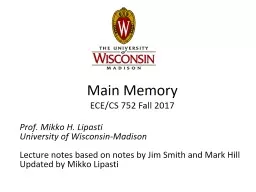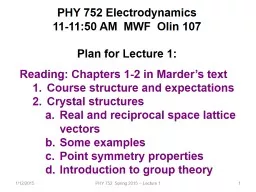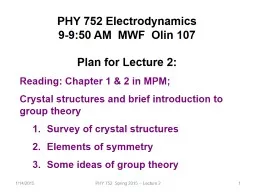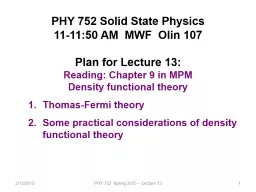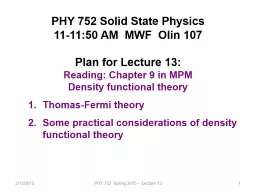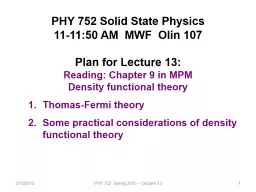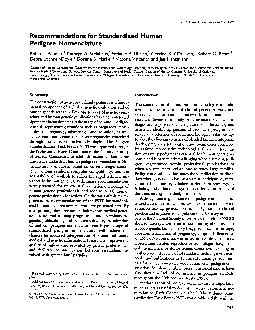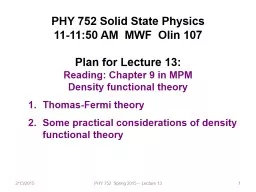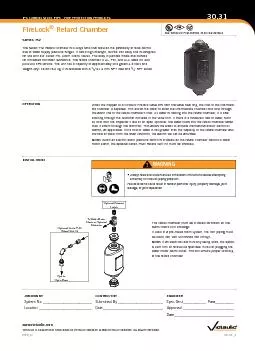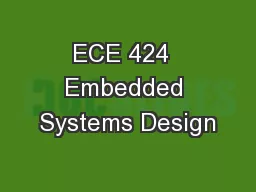PPT-Main Memory ECE/CS 752 Fall 2017
Author : yoshiko-marsland | Published Date : 2018-11-08
Prof Mikko H Lipasti University of WisconsinMadison Lecture notes based on notes by Jim Smith and Mark Hill Updated by Mikko Lipasti Readings Read on your own
Presentation Embed Code
Download Presentation
Download Presentation The PPT/PDF document "Main Memory ECE/CS 752 Fall 2017" is the property of its rightful owner. Permission is granted to download and print the materials on this website for personal, non-commercial use only, and to display it on your personal computer provided you do not modify the materials and that you retain all copyright notices contained in the materials. By downloading content from our website, you accept the terms of this agreement.
Main Memory ECE/CS 752 Fall 2017: Transcript
Download Rules Of Document
"Main Memory ECE/CS 752 Fall 2017"The content belongs to its owner. You may download and print it for personal use, without modification, and keep all copyright notices. By downloading, you agree to these terms.
Related Documents

